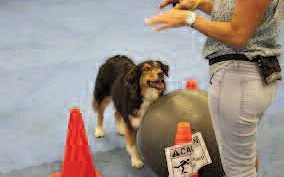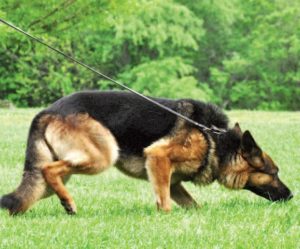TRAINING YOUR DOG: Stress and our dogs
 by Carolyn Fuhrer
by Carolyn Fuhrer
Today there is more and more focus on how stress affects our health. These same concepts also apply to our dogs. We as humans can use stress reduction techniques such as meditation, mindfulness, yoga, and other relaxation techniques. For our pets, there are many products on the market ranging from drugs to aromatherapy, to videos they can watch while we are gone. But there is more we can do.
In order to help our pets with stress, we need to look at what might be causing stress. Stress has been defined as any event that requires the organism to adapt or change. The more adaptive or resilient the organism is, the better it can handle stress.
Through our training and guidance of our dogs through their daily lives, we are looking to achieve a state of mental, physical and emotional balance. An animal’s potential for wellness depends upon how well he can respond to stress at any given time. An animal that cannot respond well to stressors loses his emotional, physical and mental balance and can endanger his wellness.

Animals must have ample time to recover after responding to a stressful challenge. If stress is too prolonged, they lose more energy than they can recoup.
This can lead to cell or tissue damage, a build up of free radicals and other by-products, and the animal will be weaker the next time he has to cope with stress.
Prolonged and persistent chronic stress can be expressed through behavior issues, gastrointestinal disturbances, weight loss, problems with other organs or glands, and inflammatory responses which can further damage health.
So – how can we help our dogs? Insecurity about place in the pack or family is a primal source of anxiety. I believe that clarity and consistency in training and life situations are the foundation to reducing stress in our dogs. Overstimulation is another factor we should try and control. In a natural state, dogs spend a great deal of time seeping or resting. When they engage in activity, even enjoyable activity such as agility, a run in the woods, play – stress levels increase to meet the needs of the activity and dogs should have time to rest and recover. Consistency – knowing what is required and expected in life – helps them feel more secure and can help lower stress.
Some people confuse stress and drive. Frantic behavior is NOT drive. Drive requires focus that can be channeled. Out of control behavior is NOT drive. A dog that is frantic cannot learn.
If their basic life needs are met – water, food, shelter – nothing can stress a dog more than inconsistent demands, lack of structure and therefore lack of a feeling of safety. An owner must realize that a stressed animal cannot learn and must work to reduce stress through clarity in training and expectations to help the dog become available to find a structure in life that will work for them.
Want to learn more about stress and your dog?
Come to the April meeting of the Mid Coast Kennel Club of Maine on Thursday, April 12, at the Thompson Community Center, 51 S Union Rd, Union, Maine. A panel will be discussing stress and taking questions – the presentation will be from 5:30 until 6:30, followed by the MCKC monthly meeting.
A small donation to the Mid Coast Kennel Club is suggested. For more information, call Kathy at 207-691-2332.
This column sponsored by North Star Dog Training, in Somerville, 549-4613.
Carolyn Fuhrer has earned over 100 AKC titles with her Golden Retrievers, including 2 Champion Tracker titles. Carolyn is the owner of North Star Dog Training School in Somerville, Maine. She has been teaching people to understand their dogs for over 25 years. You can contact her with questions, suggestions and ideas for her column by e-mailing carolyn@dogsatnorthstar.com.


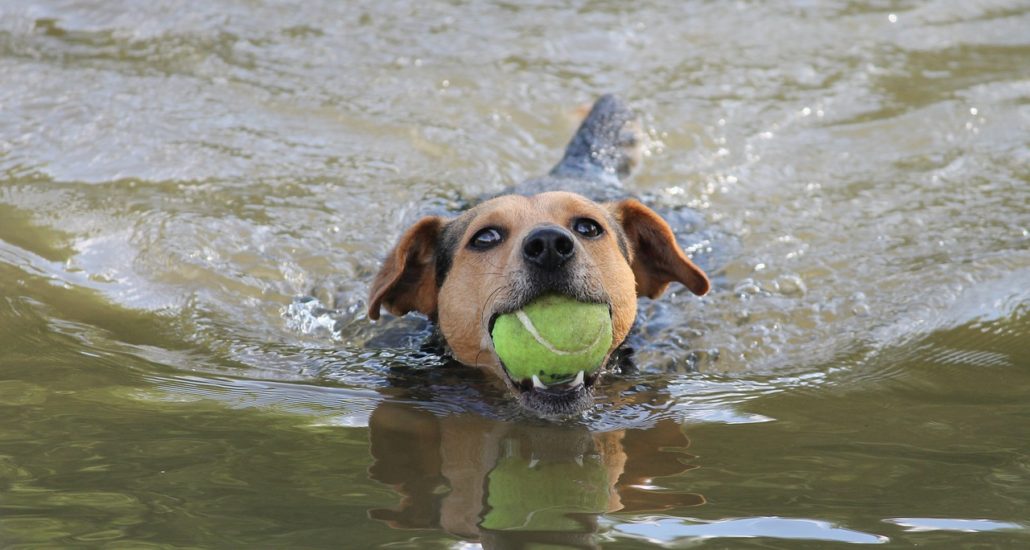
 TRAINING YOUR PERFORMANCE DOG
TRAINING YOUR PERFORMANCE DOG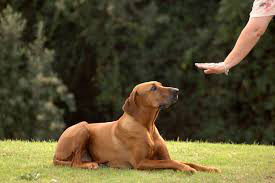
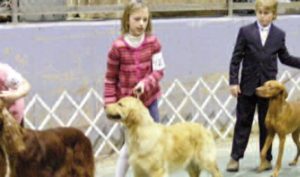 Rally trials demonstrate the dog has been trained to behave in the home, in public places and in the presence of other dogs in a manner that will reflect credit on the sport of rally at all times and under all conditions.
Rally trials demonstrate the dog has been trained to behave in the home, in public places and in the presence of other dogs in a manner that will reflect credit on the sport of rally at all times and under all conditions. Training Your Performance Dog
Training Your Performance Dog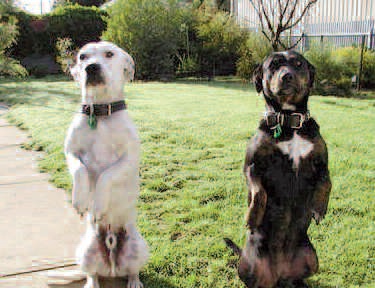 Sometimes in learning agility you may need to hold your dog by the collar for motivation, perhaps to steady him, or to define a position. Your dog should have no aversion to you taking his collar. You should be able to hold your dog by the collar without him being upset or frightened. Sometimes you might also need this for safety. This can be taught as a “touch” game with a clicker so that the dog will willingly “give” his collar to your out-stretched hand. Your dog should not be afraid of your space nor should he be attempting to control the space.
Sometimes in learning agility you may need to hold your dog by the collar for motivation, perhaps to steady him, or to define a position. Your dog should have no aversion to you taking his collar. You should be able to hold your dog by the collar without him being upset or frightened. Sometimes you might also need this for safety. This can be taught as a “touch” game with a clicker so that the dog will willingly “give” his collar to your out-stretched hand. Your dog should not be afraid of your space nor should he be attempting to control the space.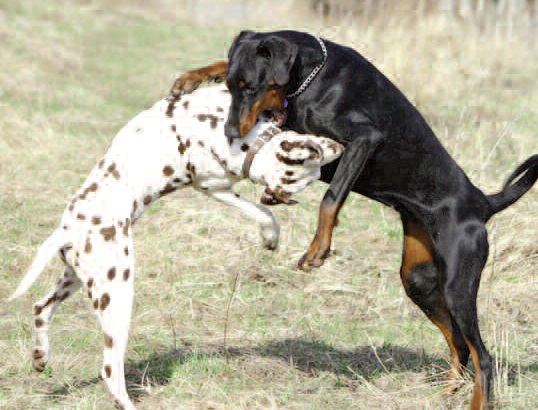
 TRAINING YOUR PERFORMANCE DOG
TRAINING YOUR PERFORMANCE DOG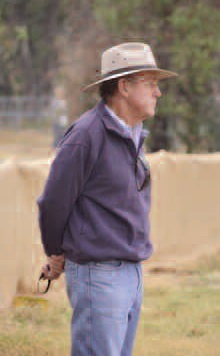 Good judges work hard to make the best of the situations they are given. Rally judges design the course using the signs and guidelines appropriate to the level. Some like courses with lots of sits and fronts. Other judges prefer flowing, open courses. Some look more at precision while others focus more on teamwork. Both courses can be legal, but reflect a different style.
Good judges work hard to make the best of the situations they are given. Rally judges design the course using the signs and guidelines appropriate to the level. Some like courses with lots of sits and fronts. Other judges prefer flowing, open courses. Some look more at precision while others focus more on teamwork. Both courses can be legal, but reflect a different style.